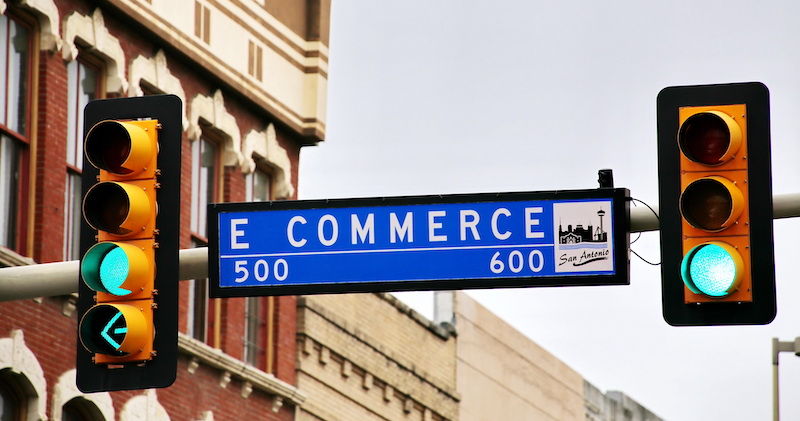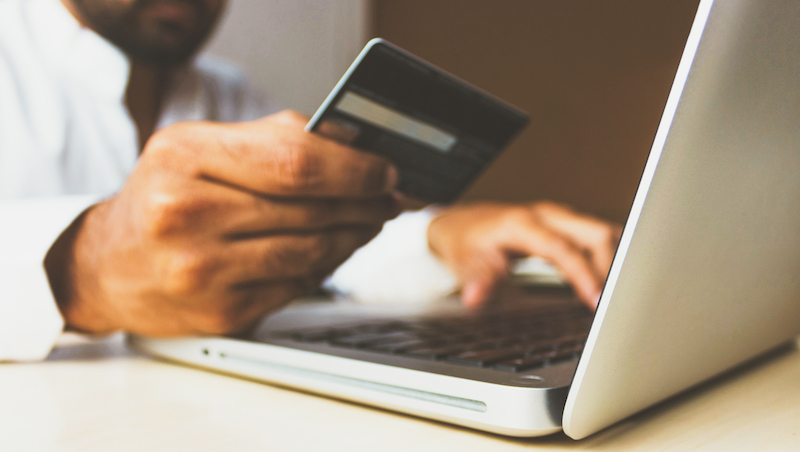
For every $100 chargeback, a small business loses an average of $308. This is far from an insignificant sum for a small business, especially since it will likely happen more than once. An even bigger problem is that the number of chargebacks increases by roughly 20% annually. This means that if you don't resolve this problem soon, things might escalate.
Still, how does one prevent fraud? The veil of internet anonymity shrouds the majority of your buyers. Even if someone is a registered user or a return customer, you have no way of knowing if it's really them or if someone just figured out their password or stole their credit card.
With the help of fraud detection tools, it's much easier to figure this out. With so many fraudsters in 2023, it's irresponsible to run a business without proper fraud detection tools. With that in mind, here are the top six fraud detection tools you need.
1. Fraud prevention blacklist like SHIELD
Everyone can get a chance, but if someone displays bad behavior once in e-commerce, you may not have the luxury of just letting it slide. One of the safest things a business can do is create a blacklist and choose which buyers are not allowed to do business with you.
There are four ways to create blacklists:
- Email address
- Device fingerprint
- Geolocation
- IP address
You must understand why you need all four. An IP address or geolocation can be hidden via a VPN. Making a new email address is easy. However, by combining these four methods, you're making deception incredibly difficult. As you already know, there's no way to be 100% safe. The best you can do is improve your odds of noticing and preventing fraud. To understand this topic, you'll need to visit an in-depth article on preventing fraud. Still, it's impossible to find the right tool without it.
Now, it's worth mentioning that this method is not perfect. First of all, probably not all blacklisted buyers are fraudulent. However, this is a calculated risk that you should take. Second, they are not proactive. This means that they often blacklist people after the incident. Lastly, unless you're very proactive, they can quickly become inaccurate.
2. Data privacy platforms like Osano
Cookies are the backbone of online retail. This way, you learn more about your buyers. This gives you a chance to personalize your offer and notice suspicious behavior. Noticing suspicious behavior early on will allow you to blacklist dangerous clients (something we've previously discussed).
However, you cannot do this manually, at least not effectively. Instead, you'll need a platform specialized in data privacy, a platform like Osano.
A data privacy platform can make your business compliant with CCPA and GDPR. It can also help you monitor the privacy practices of your vendors and more. For those who need more specific information, the simplest way to learn more is to learn what Osano has to share. You'll learn about your state's cookie policies, cookie laws, and privacy acts here.
3. Fraud scoring tools like Scamalytics
It's easier to understand the threat level when quantified. Saying that something's risky can mean several things. You're not a cybersecurity expert but an e-commerce specialist. You need a general idea of how dangerous something seems. Getting a number out of 100 is an elegant way of solving this.
A fraud scoring tool uses a number to estimate the risk of a transaction. The device will use several factors, like an IP address, ZIP code, shipping preference, etc. While these are not reliable indicators that something is amiss, they can help give you a vague idea of what you're dealing with.
The best part is that most payment gateways like Authorize.net have a built-in scoring tool. Therefore, you don't have to choose a third-party platform. However, if you find an additional one, many options are available.
Now, to develop a better understanding of the evaluation factors, some of the things used are:
- AVS response
- Merchandise category
- Order history
- Time zone (of order)
- Shipment method
- Customer IP address and ZIP code
- The dollar value of the sale
There are five risk categories:
- 01: Very high risk (91-99)
- 02: High risk (61-90)
- 03: Acceptable risk (41-60)
- 04: Low risk (11-40)
- 05: Very low risk (0-10)
In the end, you get the info, and you get to decide on the acceptable level of risk for your business. Seeing how these platforms are quite fast, you can make accurate real-time decisions.
4. Velocity check like Sift
All fraudsters know that it's only a matter of time before they're caught. They will get their accounts suspended, blocked, and blacklisted when this happens. So, their strategy is to use the time they have to the best of their abilities. This means committing as many frauds as possible before making a new persona.
E-commerce websites can use velocity check tools to protect themselves from this. If the buyer has a relatively new profile that is hyperactive (too many transactions in a short time), this is something to be wary of. While this is possible, in theory, not many fraudsters will target you specifically. You can be the first mark of their new persona, but statistically speaking, even this is unlikely. Once they submit too many transactions, they'll be flagged, and you'll know to be wary of them.
The way this works is both simple and devious. They find credit card information and max it out. Then, when the original cardholder discovers the fraud, you'll face the chargeback. The additional costs, fees, and lost revenue will all be yours to bear.
Also, your response can be either manual or automatic. You can set up your platform to reject transactions from buyers who fail the velocity check automatically (without consulting you). Next, you can have these users flagged. On the other hand, you can give them a second chance and ask them to verify their identity.
A proper velocity check can also protect you from bots and synthetic farms. While this is not the main reason e-commerce sites use velocity checks, it's becoming a rising threat. As many as 37% of advertising is affected by bot fraud. This is a 15% rise when compared to 2014. As such, the use of this fraud detection tool gives scalable protection.

5. Machine learning like Ravelin
The power of AI is already helping you improve your website, but it can also be helpful with fraud prevention. The computing power of AI is just incredible, and with enough data, it can make far more accurate predictions than even the most intuitive human analyst. With the help of machine learning, it can stay ahead of the curve at all times. In other words, it can adapt more quickly than fraudsters.
The machine learning process in fraud detection is quite simple. It starts with a specific data set. Then, it extracts more data points to make an initial analysis. Next, it needs to have a tested algorithm. Lastly, it gets a model that is ready for use.
This will cause confusion since the algorithm draws different conclusions than a human. Still, the conclusions are dependable enough when you pick a quality tool and use a big enough sample. The bottom line is that machine learning saves time and gives you proactivity that neither of the previous methods (blacklisting, velocity checking, etc.) can.
6. Anomaly detection tools like Coralogix
The reason why phishing works is because it's almost authentic (with an emphasis on almost). In other words, the faux link is similar enough not to raise suspicion. This can trick both people and tools, which is why you need something more dependable. You need an anomaly detection tool.
While phishing detection sounds simple enough, what about spear phishing? Spear phishing is a situation in which a hacker gets a hold of the contact details of someone authentic. Let's say they get a hold of a credit card info of a trusted buyer. In this scenario, detection would be near-impossible. With an anomaly detection tool, this doesn't have to be the case.
Another reason small e-commerce businesses need this tool is if someone specifically targets them. Phishing is done en-masse, while spear phishing picks specific targets. This means that the phishing attempt is customized to be harder to recognize. The worst part is that spear phishing will cost you more. Still, these attempts aren't more common because they're also more expensive and labor-intensive for fraudsters.
Conclusion
Protecting your customers is not just the right thing to do - it's also in your best interest. A chargeback can kill your business, not to mention that too much fraud can ruin the reputation of your business, even if you had nothing to do with it. It's far easier to be proactive about it and invest in proper fraud detection tools. This way, you'll know when something's not right before the situation escalates.
Share this post
Leave a comment
All comments are moderated. Spammy and bot submitted comments are deleted. Please submit the comments that are helpful to others, and we'll approve your comments. A comment that includes outbound link will only be approved if the content is relevant to the topic, and has some value to our readers.

Comments (0)
No comment